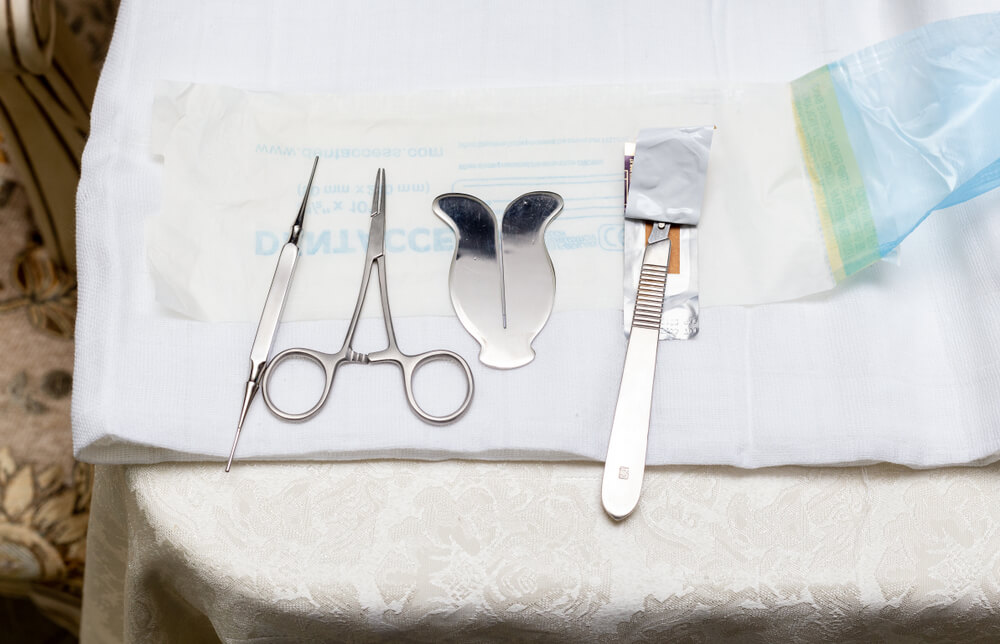The practice of circumcision pre-dates actual recorded history, so determining just how old this humanistic ritual is has been argued for quite some time by historians and religious scholars. Regardless of when it first started, the act of circumcision is not only one of the oldest; it is one of the most common surgical procedures as well. Circumcision is the act of removing the foreskin, which is the sensitive fold of skin that covers the head of the penis.
It is believed that the early races of our ancestors practiced circumcision in order to increase the effectiveness of procreating. In contrast, some religions, mainly Judaism, believe in creating a covenant between man and God that was commanded and documented in the Bible. Over the centuries, circumcision deviated from religious intentions and became a normal practice for many males. Modern circumcision is backed by various other reasons, but the procedure is more or less the same as it has been for much of its history.
The Biblical Circumcision
In the Jewish religion, circumcision came to light in the first book of the Torah, where God commanded Abraham to circumcise himself. Abraham is the Jewish patriarch and his circumcision was performed to form a covenant of flesh between him and God, to ensure that he and his descendants were to receive great lands, riches, and success as promised by God. All sons, servants born or purchased under the house of Abraham, must partake in this covenant or suffer a life without the favor of God and be separated from his people.
This everlasting, religious covenant is to be performed on the eighth day of a newborn’s life. Even if the eighth day of life falls on the Sabbath, which the most sacred of days, the circumcision ceremony, called brit milah, is still performed. While the circumcision ritual started off as relatively minor in Biblical times, it has grown into an elaborate ceremony that is considered to be one of the most important of a young Jewish boy’s life.

Biblical Circumcision vs. Modern Circumcision
Through the course of history, significant differences between Biblical circumcision and modern circumcision have developed, both in ceremony and physical procedure. During the times of Abraham and his descendants, it was believed that circumcisions were often performed by a sharp, clean fingernail or sharp implements such as sharpened stone or another tool.
The procedure continues with pulling back on any remaining mucosal tissue from the glans so that the entire glans is visible.
Today, the mohel, a religiously ordained and trained individual to perform circumcisions, will traditionally use a scalpel to ensure precision during the procedure. Many ritualistic components now accompany the circumcision, including blessings and celebratory feast post-circumcision. In non-Orthodox sects and hospitals, a perforating clamp is used to help ensure safety and shorter recovery time.
As you can tell, the actual act of circumcision has come a long way since its beginning, but the religious importance has not faded. When the time to choose a mohel for your son’s religious circumcision comes, let Dr. Andrew Krinsky perform the ceremony. Board-certified and ordained, Dr. Krinsky understands the true importance of the special day for you and your family. Visit our website to learn more.




